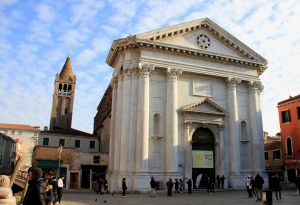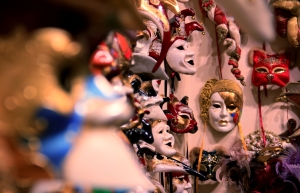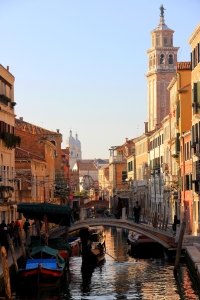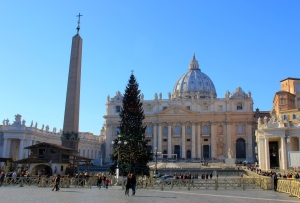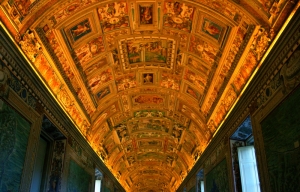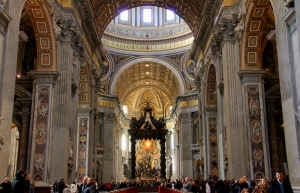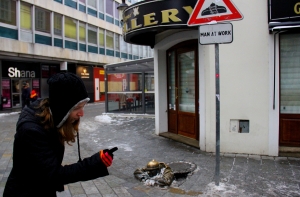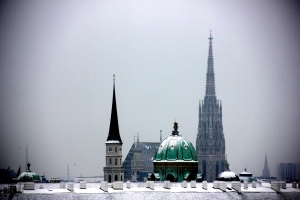
Requiem is Latin for “rest“. Therefore, a requiem mass is a mass of rest, or a funeral – mass for the dead. When a composer writes the music to accompany such an event, it is also called a requiem. Many composers have written them: Faure, Verdi, Stravinsky, Haydn, Brahms, and of course Mozart.
Wolfgang Amadeus Mozart is perhaps the most famous composer who ever lived. He spent much of his youth being dragged around Europe by his father Leopold, labeled as a child prodigy. He played before emperors and bishops, and even composed works as early as age seven. As an adult, he enjoyed Vienna the most and tried to spend as much time living in the city as possible. Visiting many of the places he went to was perhaps my favorite aspect of traveling to the capital of Austria.
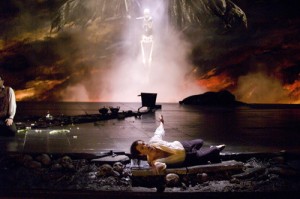
We toured the Mozarthaus, a museum built into an apartment in which he lived from 1784-1787 (and composed THE MAGIC FLUTE, DON GIOVANNI, and THE MARRIAGE OF FIGARO). We had lunch at a small, medieval tavern – Griechenbeisl – where he frequented with his contemporaries. We went into the grand Church of St. Stephen, the cathedral where he celebrated both his marriage and funeral. We paid our respects at the St. Marx Cemetery where he was buried in a common grave (the marker was added later) with the likes of Beethoven, Strauss, and Shubert. We walked the streets he must have walked and saw some of the sights he must have seen.
It felt truly wonderful to step back into the history of this legendary figure. I wish there were more photo opportunities. Unfortunately, you have to be there to really feel his presence, and the few pictures I did manage to snap, simply don’t do him justice.
If you have seen the film, Amadeus (if you haven’t you should), you are aware of the mysterious circumstances surrounding his death. According to the film, it was the sheer act of composing his requiem, a job that was commissioned by a masked benefactor, that brought him to his untimely demise in 1791. The piece was finished in someone else’s handwriting. Eerie…
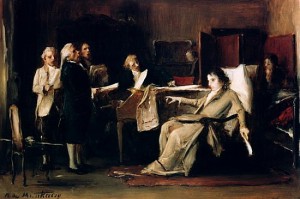
Guilt and shame over his father coupled with massive gambling debts are more than likely a closer cause. But the idea that he wrote his own requiem mass and that is what killed him sends a chill up my spine.
One cannot come to Vienna without spending at least one day retracing Mozart’s footsteps. Don’t forget to load some of his work onto your iPod and listen as you stroll.
Hasta La Proxima…
-Justin
